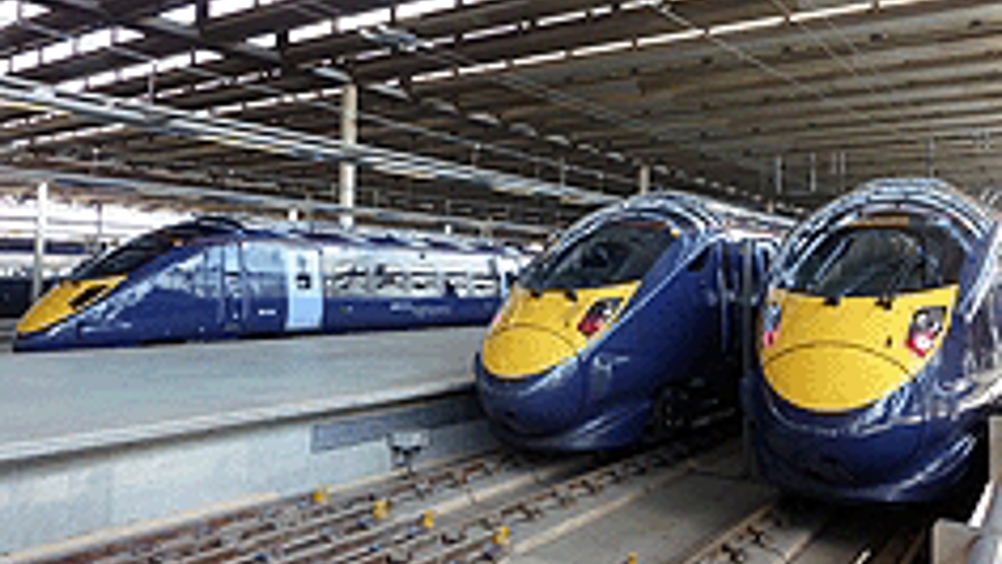Electrifying train speeds
Plans to electrify three major rail routes in north-west England were announced today alongside the full launch of Britain’s first high-speed train service serving 22 towns and cities in the UK.

The government claims that its £200m electrification programme, combined with other improvements to track and signalling on the lines, will improve journeys between several of the key towns and cities in north-west England, including Manchester, Liverpool, Preston and Blackpool.
According to a government statement, the programme will increase the proportion of all-electric train journeys in the UK from 60 per cent to 67 per cent and could allow two-thirds of all national passengers to travel on electrified routes by 2017.
Transport secretary Andrew Adonis said: ‘Electrification creates the opportunity to carry more passengers thanks to longer trains on these busy routes and to allow some 30-year-old “Pacer” diesel trains to be retired. It also allows existing diesels to be re-deployed to provide longer trains on busy routes elsewhere.
‘The government continues to assess the case for other electrification projects, notably the Midland Main Line from London to Derby, Nottingham and Sheffield.’
Alongside electrification targets, and to coincide with today’s launch of the £5.8bn high-speed line that operates from St Pancras International to Kent, the government said it will outline its plans for the future of high-speed rail in Britain next spring.
Register now to continue reading
Thanks for visiting The Engineer. You’ve now reached your monthly limit of news stories. Register for free to unlock unlimited access to all of our news coverage, as well as premium content including opinion, in-depth features and special reports.
Benefits of registering
-
In-depth insights and coverage of key emerging trends
-
Unrestricted access to special reports throughout the year
-
Daily technology news delivered straight to your inbox










Water Sector Talent Exodus Could Cripple The Sector
Maybe if things are essential for the running of a country and we want to pay a fair price we should be running these utilities on a not for profit...